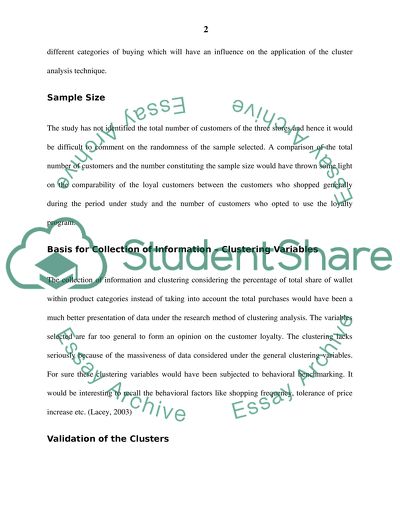Cite this document
(“Quantitative Research (Cluster and Regression Analysis) Essay”, n.d.)
Quantitative Research (Cluster and Regression Analysis) Essay. Retrieved from https://studentshare.org/miscellaneous/1502377-quantitative-research-cluster-and-regression-analysis
Quantitative Research (Cluster and Regression Analysis) Essay. Retrieved from https://studentshare.org/miscellaneous/1502377-quantitative-research-cluster-and-regression-analysis
(Quantitative Research (Cluster and Regression Analysis) Essay)
Quantitative Research (Cluster and Regression Analysis) Essay. https://studentshare.org/miscellaneous/1502377-quantitative-research-cluster-and-regression-analysis.
Quantitative Research (Cluster and Regression Analysis) Essay. https://studentshare.org/miscellaneous/1502377-quantitative-research-cluster-and-regression-analysis.
“Quantitative Research (Cluster and Regression Analysis) Essay”, n.d. https://studentshare.org/miscellaneous/1502377-quantitative-research-cluster-and-regression-analysis.


